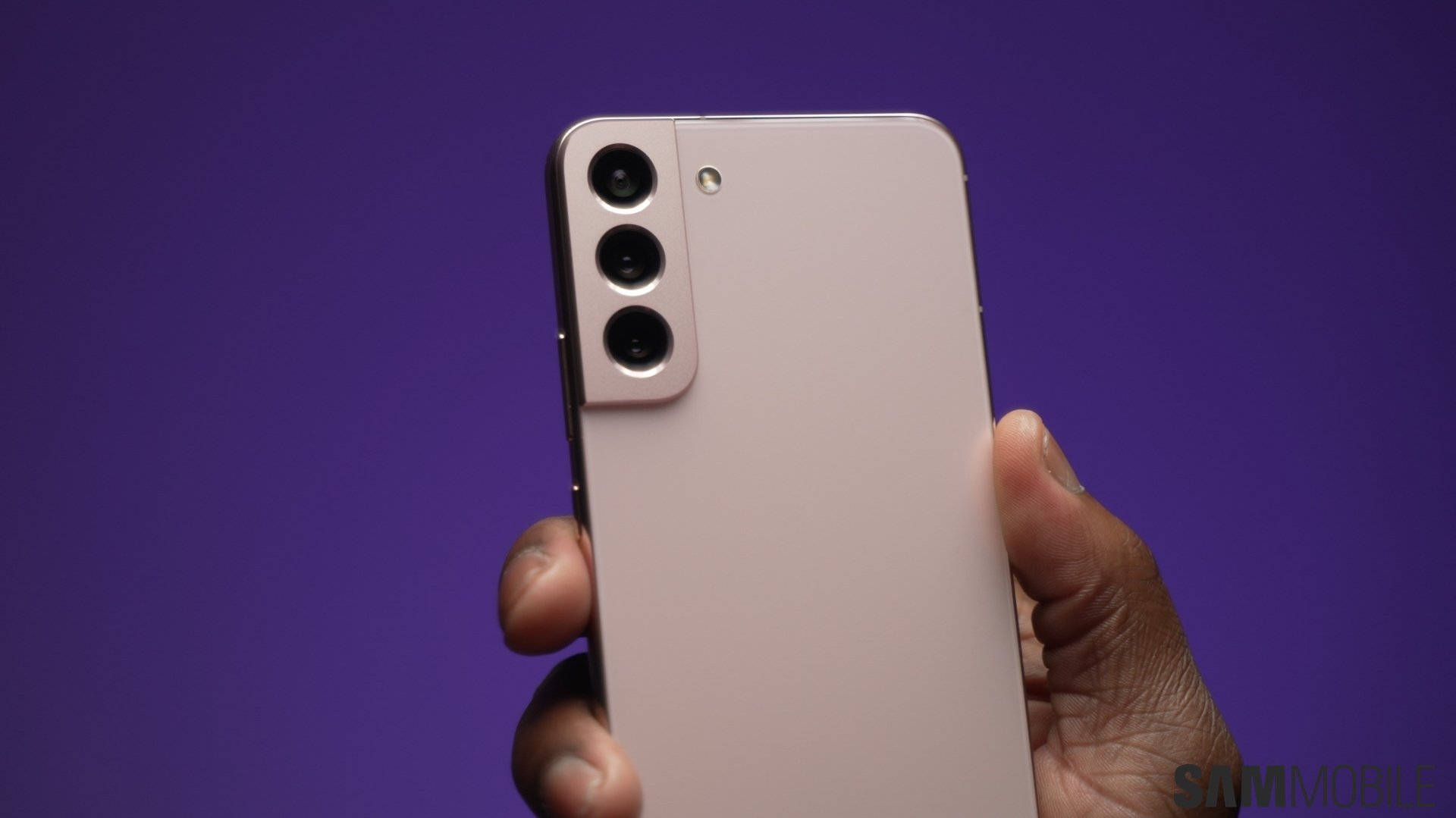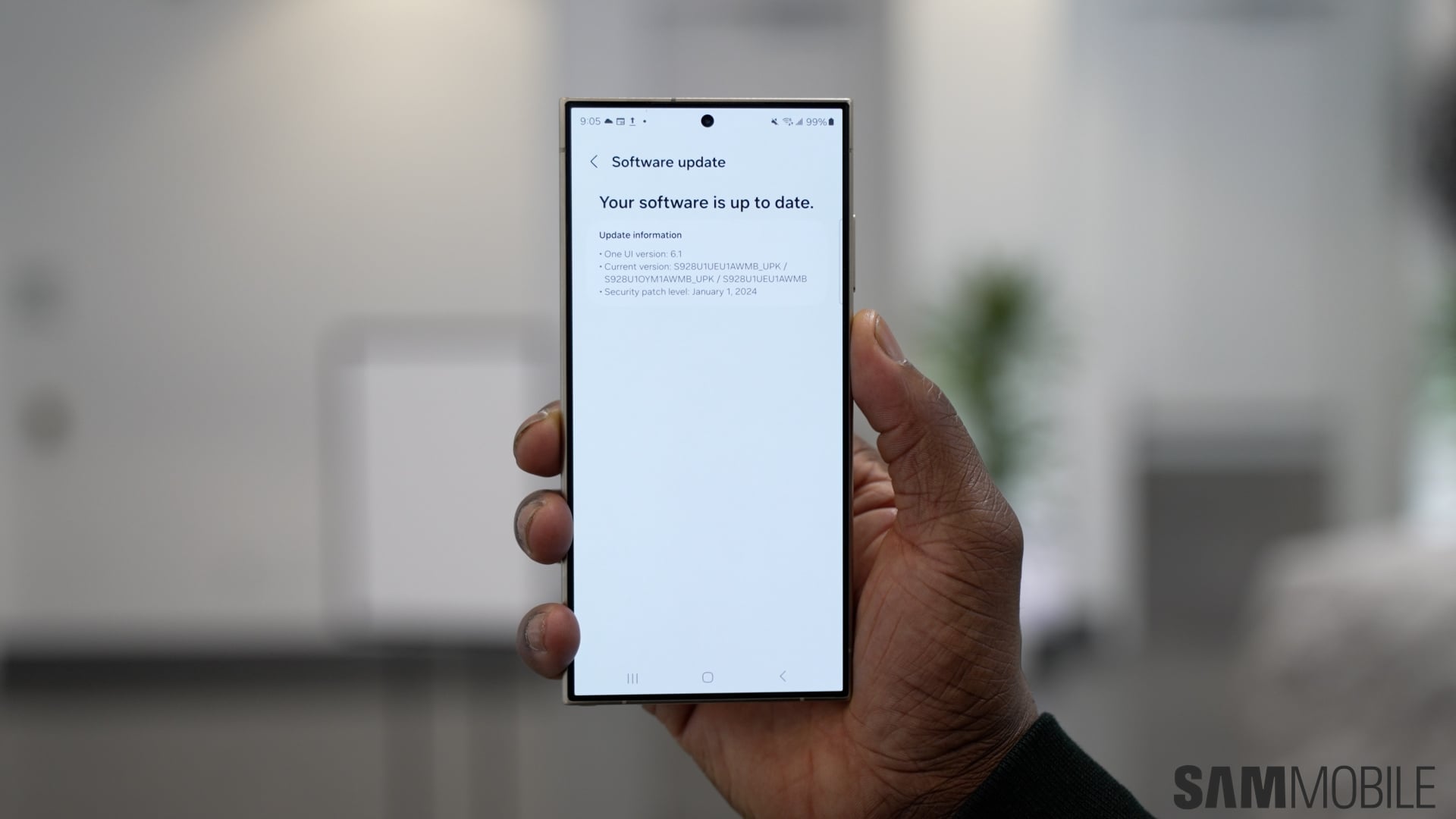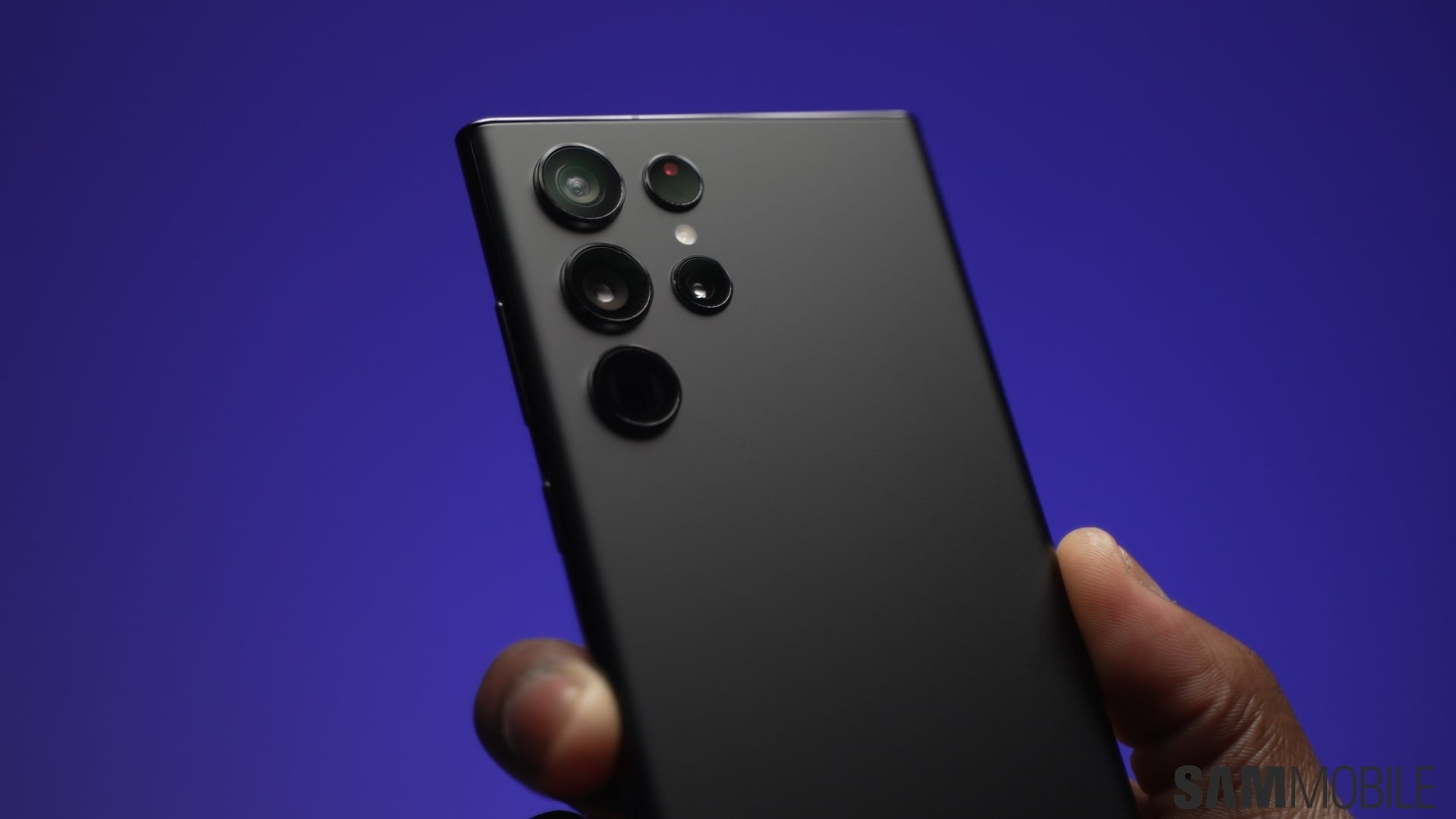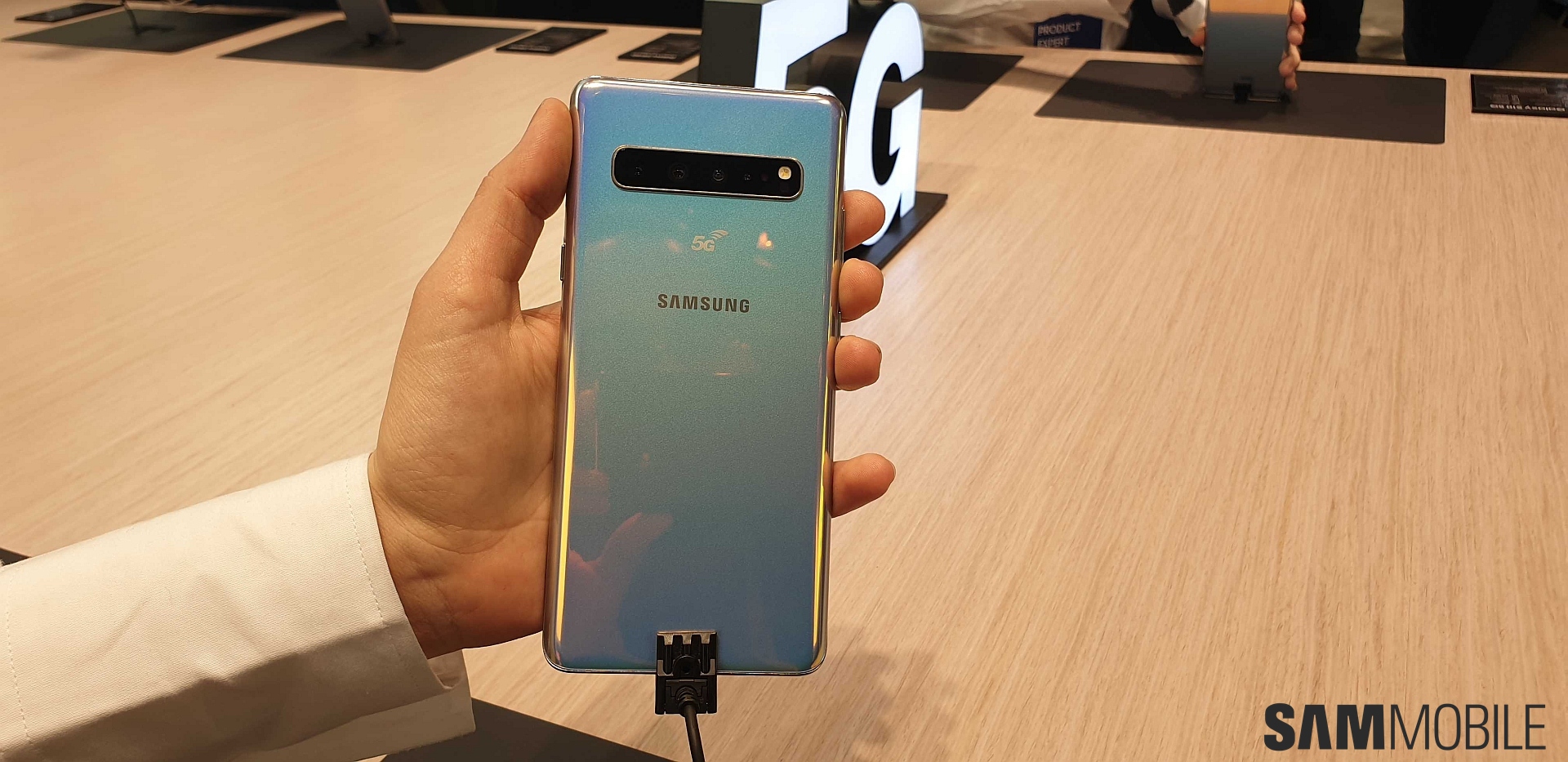
Introduction
Samsung made some significant changes to its Galaxy S flagship lineup in 2020. Launching four different models instead of the usual two is the most prominent of these changes. Apart from the regular and plus models, the Korean company added one more to each end, resulting in four different Galaxy S10 models: Galaxy S10e, S10, S10+, and S10 5G.
Despite the somewhat misleading name, the Galaxy S10 5G is not a regular S10 with 5G connectivity. It’s a distinct model that sits at the top of the Galaxy S10 lineup, at least in terms of price and a few key specs. The inclusion of 5G connectivity also makes it the most future-proof offering in the entire lineup, which some buyers might find more compelling than any other feature.
Design
All the Galaxy S10 models share the same design language with tiny bezels and punch-hole cameras. So, visually, the Galaxy S10 5G is not very different from its siblings, particularly the S10+. It is, however, heavier and larger than the other models in the lineup, weighing 198 grams and measuring 162.6 x 77.1 x 7.9 mm in physical dimensions.
Like the other S10 models, the Galaxy S10 5G is made out of glass and metal. It boasts Gorilla Glass 6 on the front and Gorilla Glass 5 on the rear side. Oddly, it lacks the premium ceramic back option that’s available with select variants of the S10+.
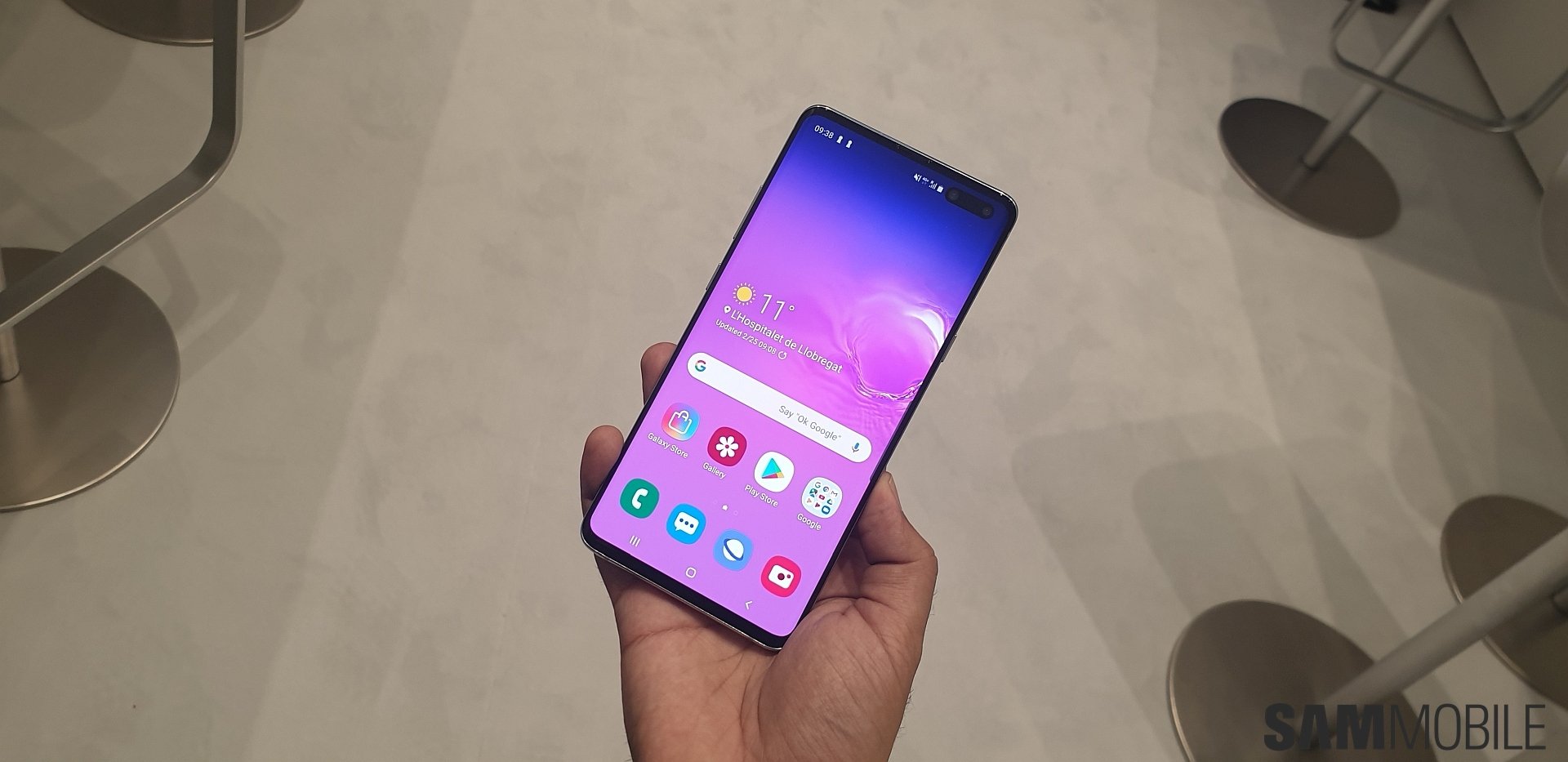
On the front, there is a curved edge-to-edge Infinity-O display that also houses the industry’s first ultrasonic in-display fingerprint scanner. There is a pill-shaped selfie camera cutout in the top-right corner, housing a dual-camera setup for selfies. On the back, there is a horizontally-arranged quad-camera setup with an LED flash.
The power button is placed on the right, while the volume rocker and Bixby button sit on the left. There is a headphone jack, speaker grille, and a USB C port at the bottom, leaving the top frame with a SIM slot and a secondary microphone. Unlike its predecessors, the Galaxy S10 lineup lacks a notification LED.
Specifications
The Galaxy S10 5G comes with a 6.7-inch WQHD+ Dynamic AMOLED Infinity display, Exynos 9820 Octa or a Snapdragon 855 SoC (depending on the market), 8GB RAM, 256 and 512GB internal storage options, MicroSD slot, quad-camera setup on the back, dual cameras for selfies, 4,500mAh battery, 25W fast charging, IP68 certification, AKG-tuned stereo speakers, MST-based Samsung Pay, Wi-Fi 6, Wireless PowerShare, and more. On the software front, the Galaxy S10 5G runs Android Pie out of the box but can be upgraded to Android 10 with One UI 2.0.
As the name suggests, the device supports 5G networks, which is what really differentiates it from the rest of the S10 models. Apart from that, when compared to the plus variant, the Galaxy S10 5G also packs an additional rear camera, a bigger display, larger battery, and faster-charging speeds – all of which makes it the most powerful device in the S10 lineup.
For the complete list of internals, you can go to our Galaxy S10 5G specifications page.
Display
The Galaxy S10 5G sports a curved 6.7-inch Dynamic AMOLED display of WQHD+ (3040×1440) resolution. This gives it a pixel density of ~502 PPI, which is marginally less than that of the S10+ with a 6.4-inch screen. It’s an Infinity-O display with a pill-shaped cutout on the top-right corner for the dual selfie cameras. The bottom half of the screen, meanwhile, houses the industry’s first ultrasonic in-display fingerprint scanner.
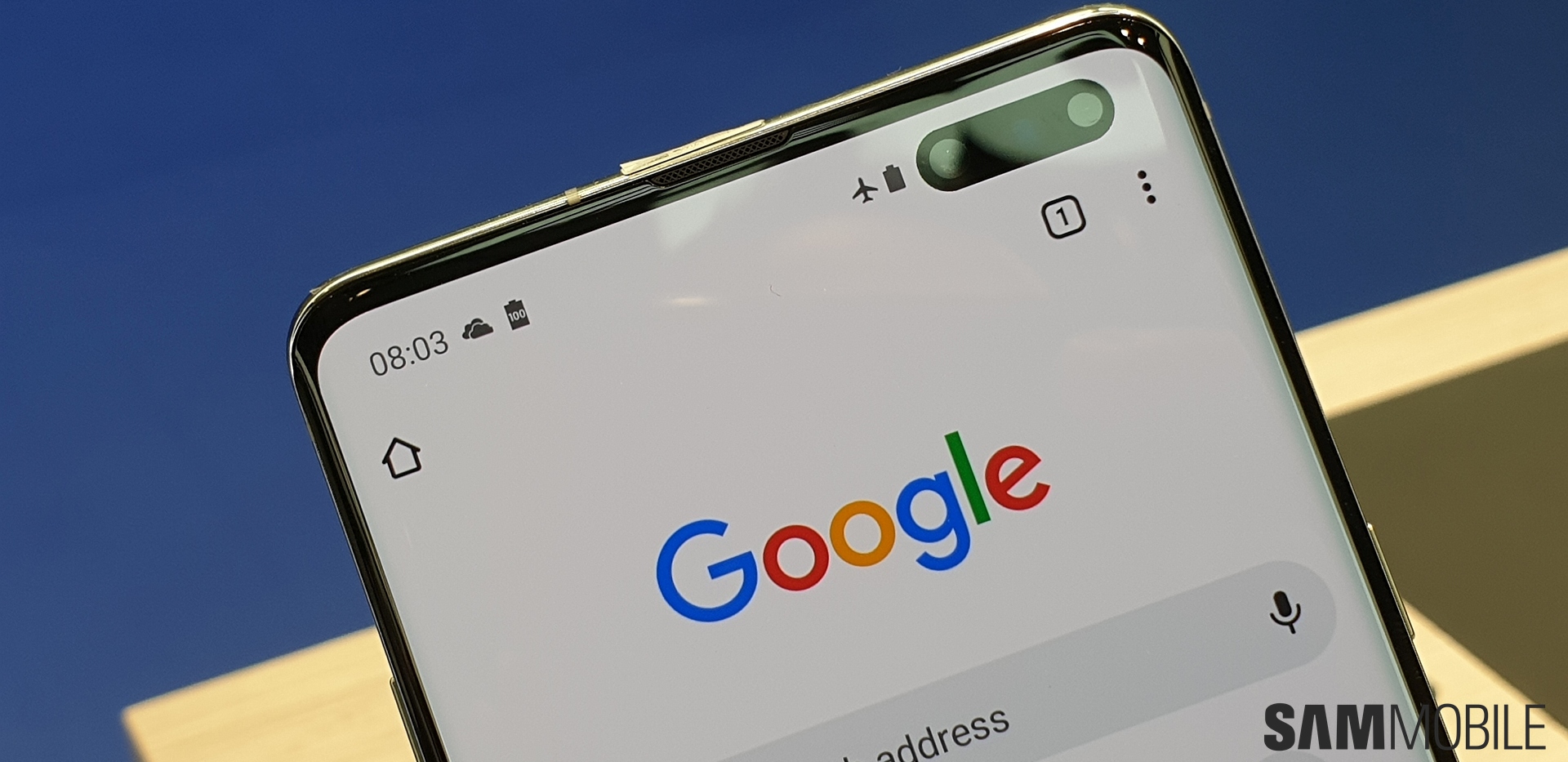
Other than the difference in size and the resulting variation in pixel density, the display on the Galaxy S10 5G is identical to what you find on the other S10 models (barring the S10e). It is HDR10+ certified and features dynamic tone mapping for vibrant and realistic colors.
Samsung’s previous flagship devices were equipped with the best smartphone displays in the market, and it’s no different with the S10 series. Unsurprisingly, when the devices went on sale, DisplayMate had ranked the Galaxy S10 display (all the variants) as the best smartphone display in the market today, with outstanding color accuracy that it termed “visually indistinguishable from perfect.”
Cameras
The Galaxy S10 5G has a total of six cameras: four on the back and two on the front. The quad-camera setup on the back consists of a 12MP f/1.5-2.4 Dual Aperture primary lens with PDAF and OIS, a 16MP F2.2 ultra-wide lens with 123-degree FOV, a 12MP F2.4 telephoto lens for 2x optical zoom, and a ToF 3D camera for depth data. The dual-camera arrangement on the front is made up of a 10MP f/1.9 primary lens with Dual Pixel Auto Focus and an 8 MP f/2.2 ToF sensor for selfies with a bokeh effect. Excluding the ToF sensor on the back, the entire camera hardware here is identical to the Galaxy S10+
The primary rear camera can shoot in 4K and HDR10+, which aligns nicely with the HDR10+ capabilities of its display. The main selfie camera can also shoot in 4K, which is a first for a Galaxy device. Samsung has also added some new features and made improvements to the camera software. These include a dedicated Instagram mode, AR Emoji improvements, Scene Optimizer enhancements, etc. The company also brought many of the camera features which made their debut on the Note 10/10+ to the S10 lineup via monthly and Android version updates.
The Galaxy S10 5G doesn't just have a great camera setup on paper. It also performs exceptionally well in real life as shown in many detailed reviews. In fact, it held the top spot in the DxOMark rankings for smartphone photography for a few months after its launch.
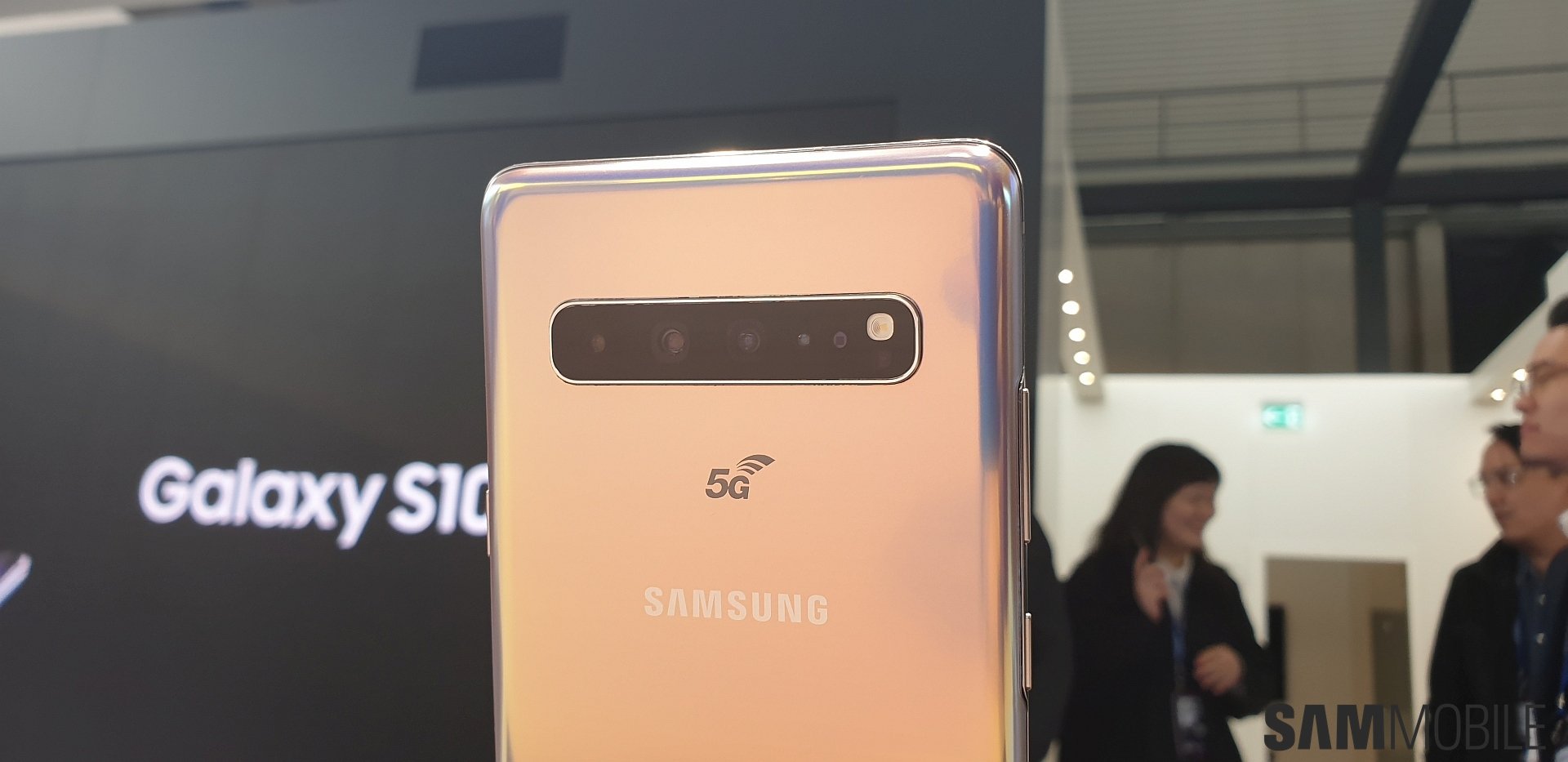
Software
The Galaxy S10 lineup launched with Android Pie out of the box with Samsung One UI 1.1 on top. It was a minor incremental update to the One UI 1.0 on other Samsung devices like the Galaxy S9/S9+, Note 9, etc. Digital Wellbeing and Bixby Routines were the only two new major software in One UI 1.1.
Post Note 10/10+ launch, the Korean company has brought many of the new software features from its latest flagships to the S10 lineup via monthly software updates.
In October 2019, Samsung kickstarted the beta program for the Android 10-based One UI 2.0. The company has finally started rolling out the stable Android 10 update in many markets in December. One UI 2.0, which is based on Android 10, is an incremental release with very few new features and UI changes. You can read our One UI 2.0 Feature Focus series to know what Samsung’s latest software brings to the table.
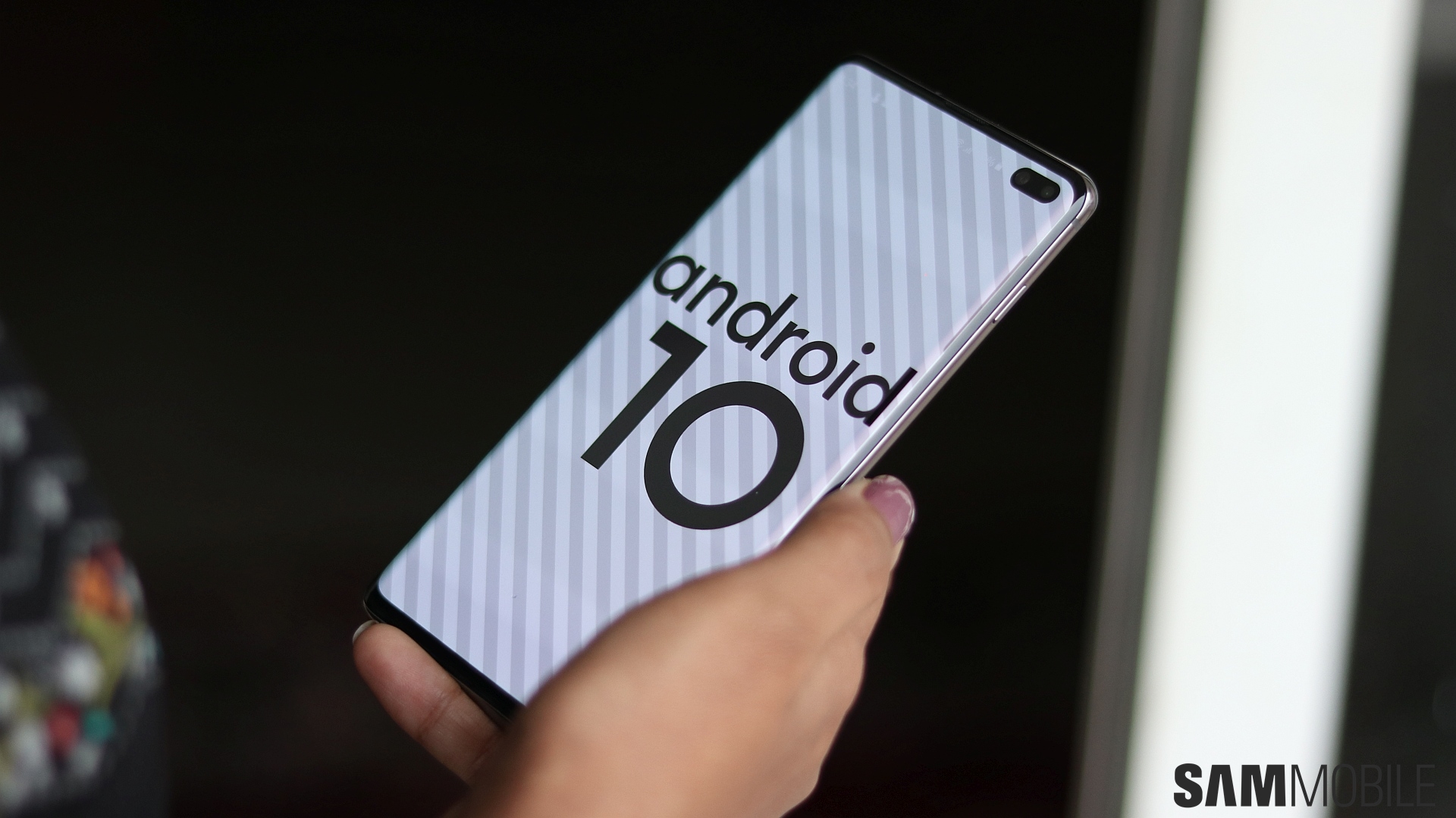
Availability
Samsung announced the Galaxy S10 series on February 20 at the Unpacked 2019 event in San Francisco. All the non-5G models were up for pre-order the next day in many markets around the world and went on sale in more than 70 countries on March 8. The Galaxy S10 5G, meanwhile, was available for purchase in a handful of markets from April onwards. Its availability is severely restricted both in terms of regions and carriers.
The Galaxy S10 5G comes in 8GB/256GB and 8GB/512GB storage variants. Unlike the S10+, there is no 12GB/1TB configuration or a ceramic back option here. Available color options include Crown Silver, Majestic Black, and Royal Gold.
Prices vary by region and carriers. In the US, where Verizon was the first launch partner, the Galaxy S10 5G 256GB variant was priced at $1,300 or $54.16 per month for 24 months, while the 512GB version was priced at $1,400 or $58.33 per month for 24 months.












